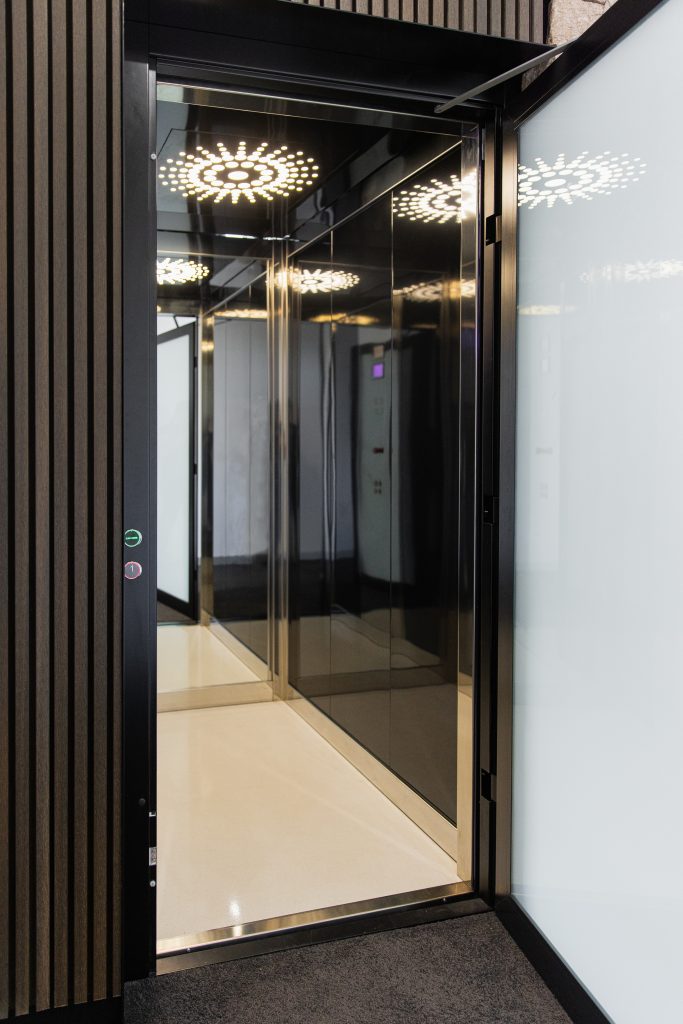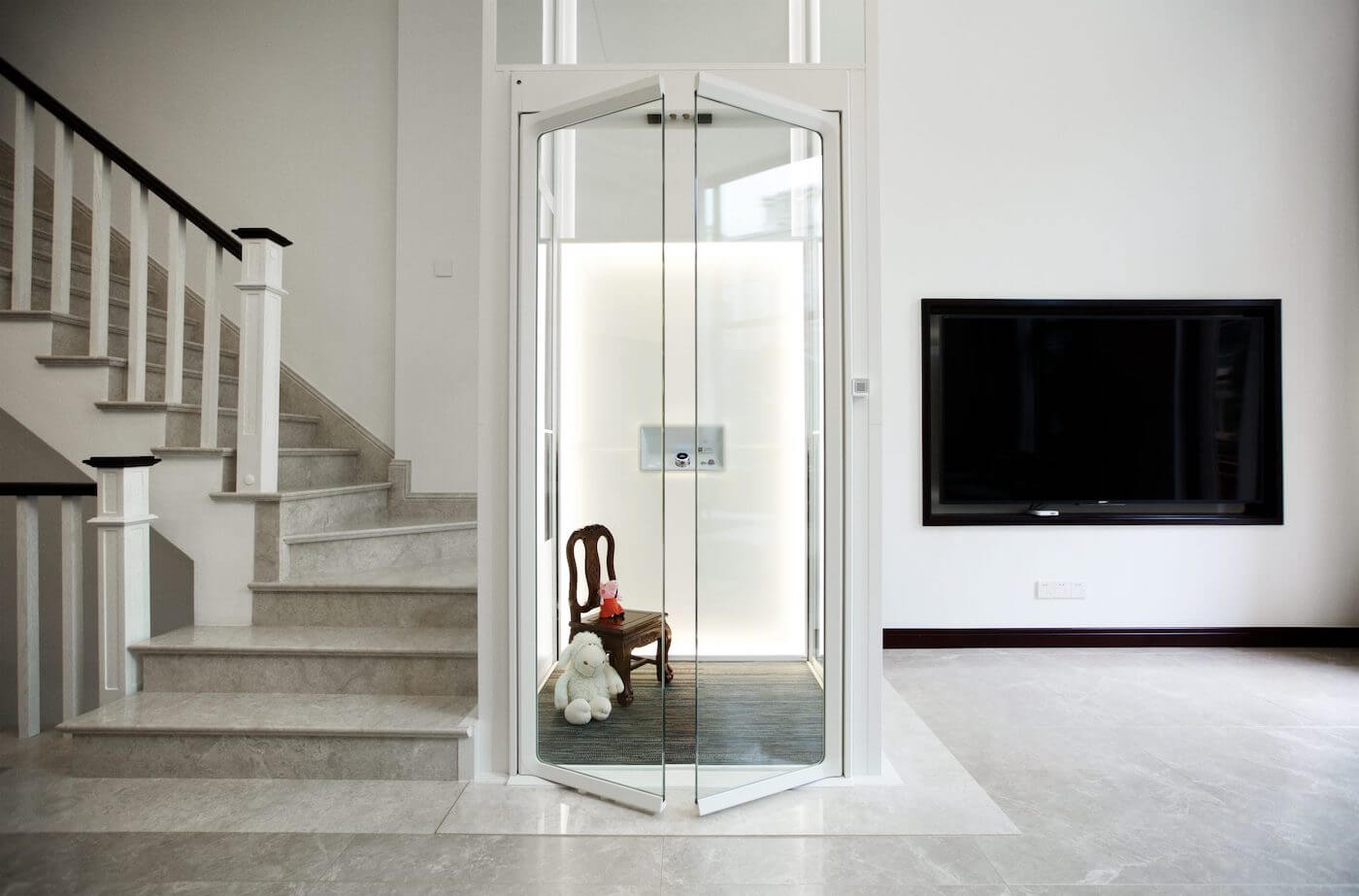We Maintain Lifts to the Greatest Standards: Reliable Solution for All Lift Kind
We Maintain Lifts to the Greatest Standards: Reliable Solution for All Lift Kind
Blog Article
Delving Into the Globe of Elevators: Common Concerns Faced by Different Lift Mechanisms
As we navigate with the vertical transport systems of modern structures, lifts stand out as a vital element of our day-to-day lives. From hydraulic elevators to traction systems and machine-room-less styles, each lift kind comes with its collection of usual concerns.
Hydraulic Lifts
Hydraulic lifts, typically preferred for low-rise buildings, use fluid pressure to regulate the movement of the elevator car (lift repair companies). This system involves a hydraulic pump pushing oil into a cylinder, creating the elevator to move in the desired instructions. While hydraulic lifts are known for their smooth and silent procedure, they do come with their own set of typical problems
One prevalent trouble with hydraulic elevators is oil leakage. The seals in the hydraulic system can wear out gradually, resulting in oil seepage. This not just creates a mess yet can also impact the elevator's efficiency if left unaddressed. Furthermore, concerns with the control system, such as damaged valves or a malfunctioning pump, can cause interruptions in the lift's movement.
Normal upkeep and punctual repairs are necessary to guarantee the smooth performance of hydraulic elevators. By addressing these usual issues proactively, structure proprietors can lessen downtime and guarantee the safety and effectiveness of their vertical transportation system.
Traction Elevators
When thinking about upright transportation systems in structures, another usual type besides hydraulic elevators is the grip lift. Grip elevators operate using a system of ropes and counterweights that relocate the lift automobile by clutching onto the hoist ropes. This system permits smoother and quicker vertical transportation compared to hydraulic systems.
Among the typical issues dealt with by grip lifts is rope wear. The continuous activity of the ropes within the traction system can bring about tear and put on gradually, possibly causing the elevator to breakdown or end up being dangerous for use. Routine inspections and upkeep of the ropes are vital to make certain the lift's proper functioning and safety.
One more issue that traction lifts might encounter is connected to the control system. Troubles with the control system can lead to concerns such as unpredictable movement, delays in reaction times, or perhaps complete closures. Regular testing and maintenance of the control system are important to avoid such issues and make certain the lift's reliability.
Machine-Room-Less (MRL) Elevators

Among the key elements of MRL elevators is the compact gearless traction device that is mounted within the hoistway. This equipment successfully drives the lift car without the need for cumbersome equipment found in conventional traction elevators. Additionally, MRL elevators generally make use of a weight system to stabilize the vehicle, further boosting their energy effectiveness.
Despite their benefits, MRL elevators might encounter obstacles connected to repair and maintenance as a result of the constrained room for devices setup. Accessibility for servicing parts within the shaft can be restricted, calling for specialized training for technicians. Correct maintenance schedules and routine inspections are vital to guarantee the continued smooth operation of MRL elevators.
Overloading and Weight Restriction Issues
Are lifts outfitted to handle excess weight loads successfully and safely? Straining and weight limitation problems are crucial issues in lift operations. Lift producers layout raises with particular weight capacities to ensure guest safety and security and tools long life. Going beyond these weight restrictions can cause various problems, consisting of mechanical failings, delays, and security risks.
When lifts are strained, it puts excessive strain on the motor, cables, and various other elements, potentially creating breakdowns or break downs. If they find excess weight, security systems such as sensors and overload sensing units are in area to avoid elevators from moving. Furthermore, going beyond weight limits can lead to enhanced energy intake and damage on the elevator system.
To minimize straining problems, developing managers ought to plainly show weight limitations in lifts and enlighten passengers on the relevance of sticking to these limitations - lift repair companies. Regular maintenance checks by certified specialists can additionally assist make certain that elevators are running within secure weight parameters. By addressing overloading and weight restriction issues proactively, building owners can enhance elevator security and effectiveness
Electric System Failings
Going beyond weight limits in elevators can not only lead to mechanical problems yet additionally possibly add to electrical system failures within the lift facilities. Electric system failings are a crucial issue in lift operation, as they can trigger unexpected shutdowns, breakdowns, or even security hazards. One common electrical problem is the overheating of elements due to too much existing circulation caused by straining the elevator beyond its capacity. This can lead to article source harm to the circuitry, electric motor, or control systems, causing pricey repair work and downtime.
Moreover, power rises or variations in the electrical supply can additionally disrupt the lift's operation, impacting its performance and safety and security. These electric disruptions can damage sensitive elevator components such as control panels, motherboard, or sensors, leading to system failings. Routine maintenance and assessments are critical to recognize and deal with potential electrical problems without delay, making sure the safe and effective operation of lift systems. By adhering to weight limitations and carrying out regular electric system checks, structure owners can mitigate the threat of electrical failings in lifts.
Verdict

Hydraulic elevators, usually liked for low-rise buildings, utilize fluid stress to control the movement of the elevator cars and truck.When considering vertical transportation systems in structures, one more usual type apart from hydraulic elevators is the traction lift. Traction elevators run using a system of ropes and weights that move the elevator auto by grasping onto the hoist ropes. Unlike typical elevators that need a different machine space to house the equipment, MRL lifts incorporate most of the elements within the shaft, removing the need for Visit Your URL a specialized equipment room.In final thought, lifts deal with usual issues such as hydraulic malfunctions, grip system failings, and electric system problems.
Report this page